10 Foods You Should Eat Raw Vs. 10 You Should Cook!
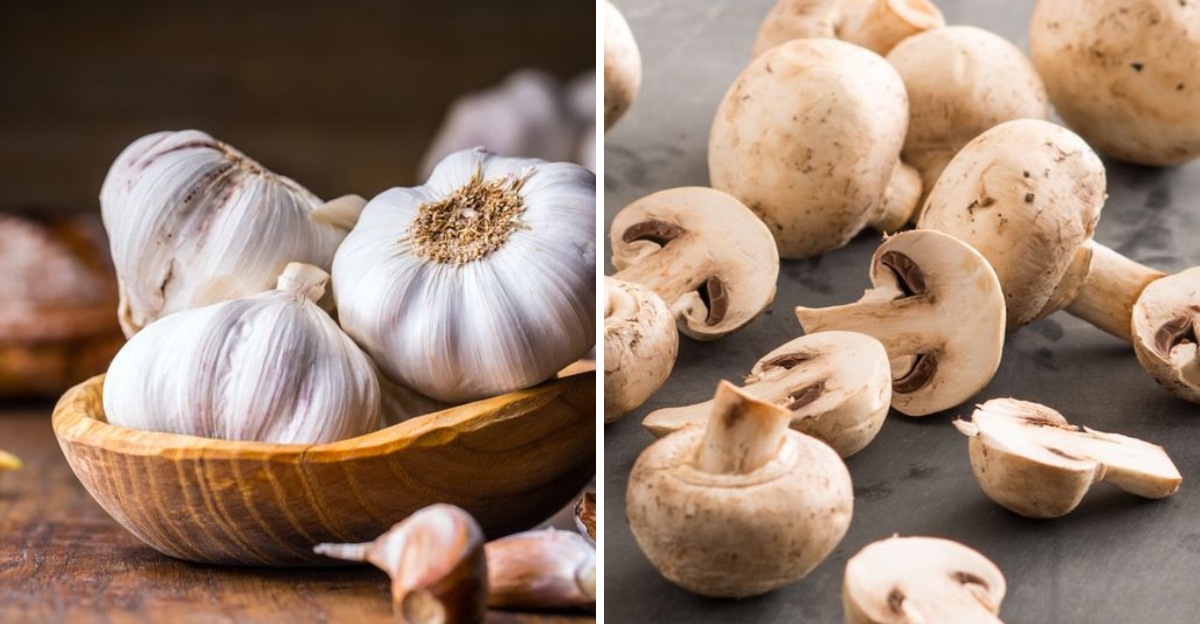
Here’s a balanced guide to 10 foods you should eat raw and 10 you should cook—so you can get the most nutrients, flavor, and health benefits out of each.
1. Bell Peppers

Bell Peppers are like nature’s candy, offering a sweet crunch that delights the senses. When eaten raw, they retain their high vitamin C content, offering a refreshing burst of nutrients. These colorful delights add a crisp element to salads and snacks.
The vibrant colors of bell peppers aren’t just eye-catching; they symbolize a wealth of antioxidants. Cooking them can diminish their crunch and vitamin content, so keep them raw to enjoy their full, nutrient-rich glory. Their slight sweetness and juicy texture make them a satisfying addition to any raw veggie platter.
2. Broccoli
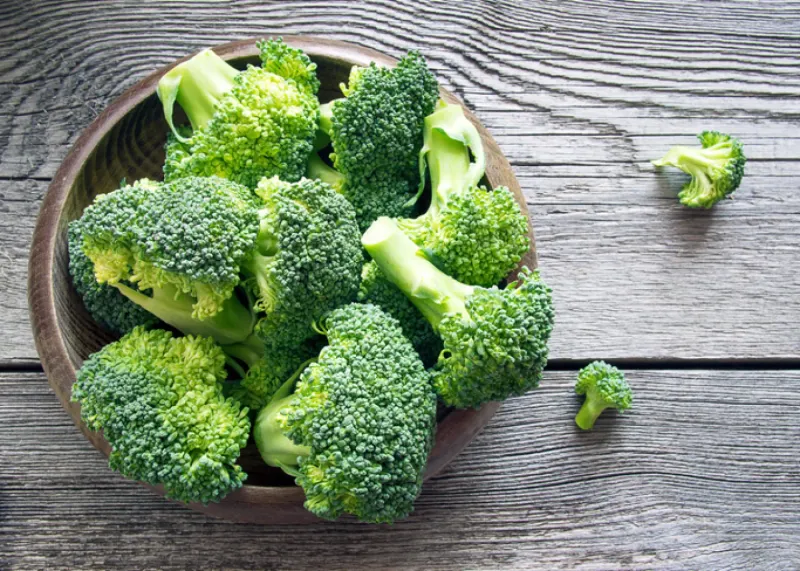
Broccoli, with its tree-like florets, is a powerhouse of nutrition when consumed raw. It contains higher levels of sulforaphane, a compound that may help fight cancer. The natural crunch and slightly bitter taste create a refreshing addition to salads.
Raw broccoli retains a more vibrant color and firmer texture, enhancing its appeal on a crudité platter. Its natural compounds, preserved without cooking, provide potential health benefits. Toss it in a salad or dip the florets in a favorite dressing to enjoy its crisp goodness.
3. Garlic
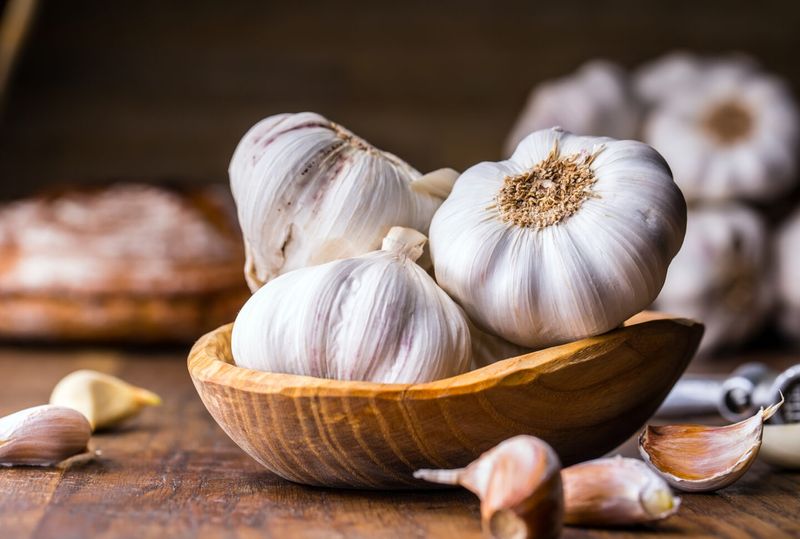
Raw garlic acts as nature’s antibiotic with its pungent aroma and spicy bite. It contains allicin, an anti-inflammatory compound that supports heart health. Eating it raw, though intense, ensures you receive the full benefits of its active components.
Chopping or crushing raw garlic releases its potent oils, filling the air with an unmistakable aroma. While its flavor is robust, it adds a unique depth to dishes. From salad dressings to salsas, raw garlic offers both zest and health in its natural form.
4. Onions
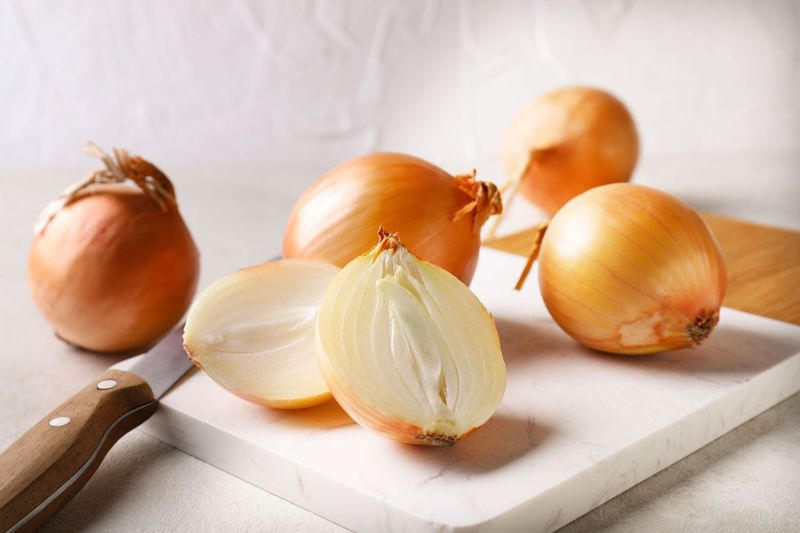
The humble onion, when raw, is a flavor powerhouse. Its sharp, pungent taste comes from sulfur compounds, which support heart health and immunity. Add raw onions to salads or sandwiches for a spicy kick and health boost.
Raw onions have a crisp texture that complements various dishes. Their sulfur compounds not only provide nutritional benefits but also add depth and complexity to flavors. Keep a tissue handy; their aroma might bring tears, but it’s worth the health benefits.
5. Nuts (Almonds, Walnuts)
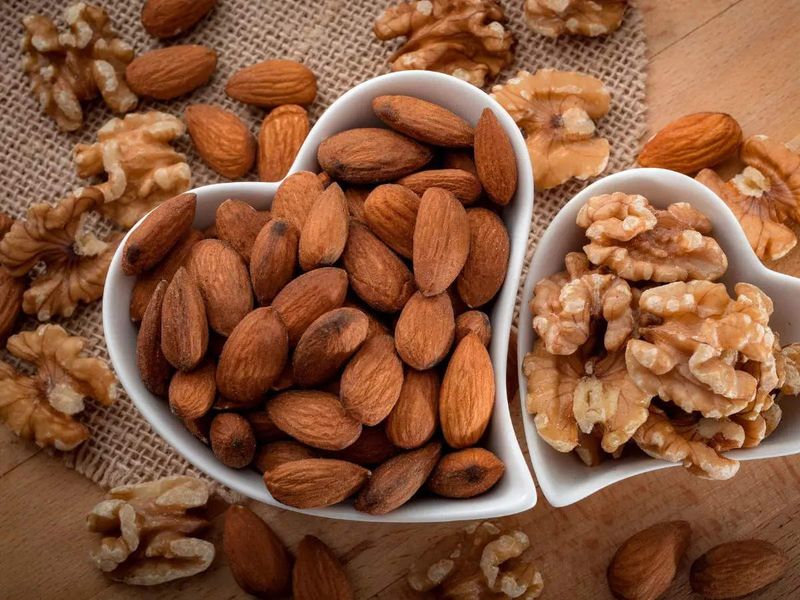
Raw nuts, like almonds and walnuts, preserve healthy fats better than roasted versions. The natural crunch and rich flavors offer a satisfying snack while supporting heart health with essential nutrients.
Eating them raw ensures you get the maximum benefit from their omega-3 fatty acids. The oils in nuts remain stable and unoxidized, providing a rich source of energy. Enjoy them as a snack or add them to smoothies for a nutrient boost.
6. Spinach
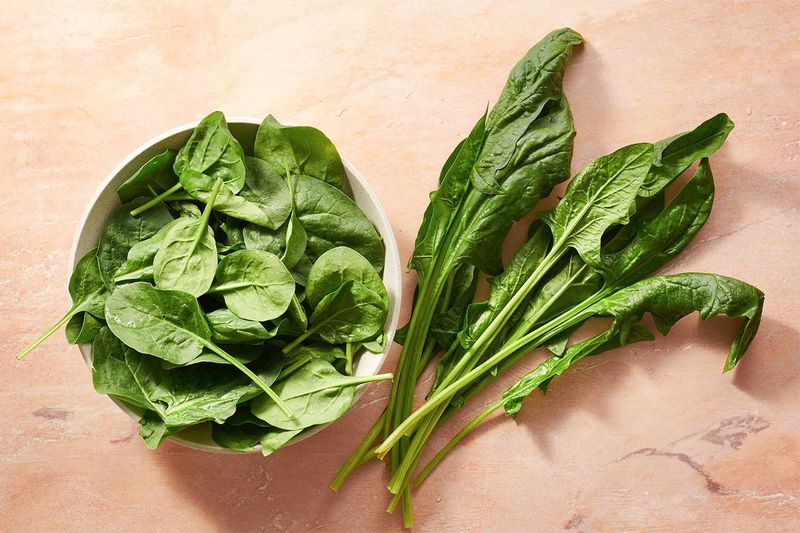
Spinach, with its soft, green leaves, is a versatile leafy green that shines when eaten raw. It’s rich in folate, a B-vitamin critical for DNA synthesis. Incorporate raw spinach into salads for a burst of nutrients and a mild, refreshing flavor.
The tender texture of raw spinach enhances salads and sandwiches. While cooking reduces some nutrients, enjoying it raw ensures maximum vitamin retention. Its subtle taste blends seamlessly with various ingredients, making it a staple in raw dishes.
7. Cabbage
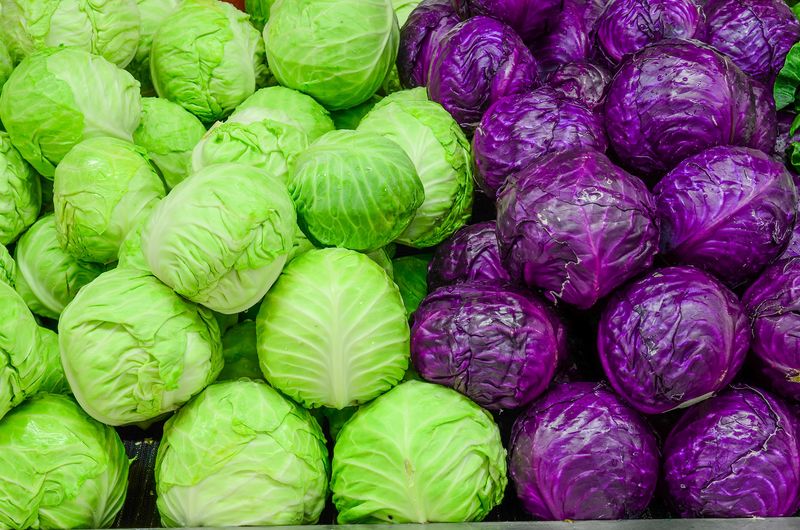
Cabbage, crunchy and refreshing, retains its cancer-fighting compounds when eaten raw. Its crisp texture and slightly peppery taste make it a staple in coleslaws and salads, offering both flavor and nutritional benefits.
The natural antioxidants in raw cabbage support health and wellness. Its firm texture provides a satisfying crunch, making it a versatile ingredient. Whether shredded for slaw or tossed in salads, raw cabbage is a crunchy delight.
8. Berries (Strawberries, Blueberries, Raspberries)
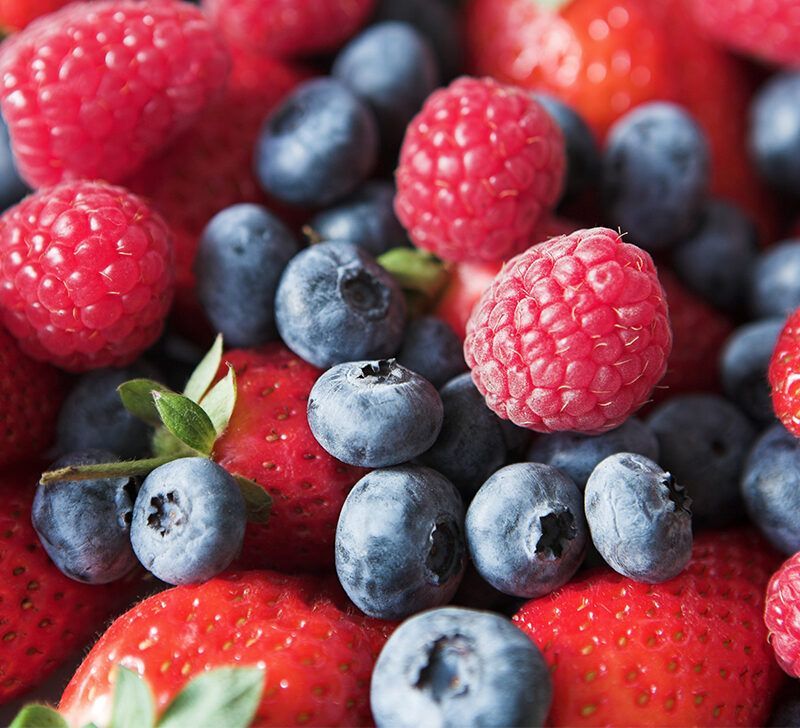
Berries, bursting with color and flavor, offer a delightful treat when eaten raw. They are rich in vitamin C and antioxidants, both sensitive to heat, thus best enjoyed fresh to preserve their health benefits.
The juicy texture and natural sweetness of berries make them a favorite snack or dessert topping. Their vibrant colors signify a wealth of nutrients, enhancing both taste and visual appeal. Enjoy these tiny powerhouses raw to savor their full potential.
9. Cucumber
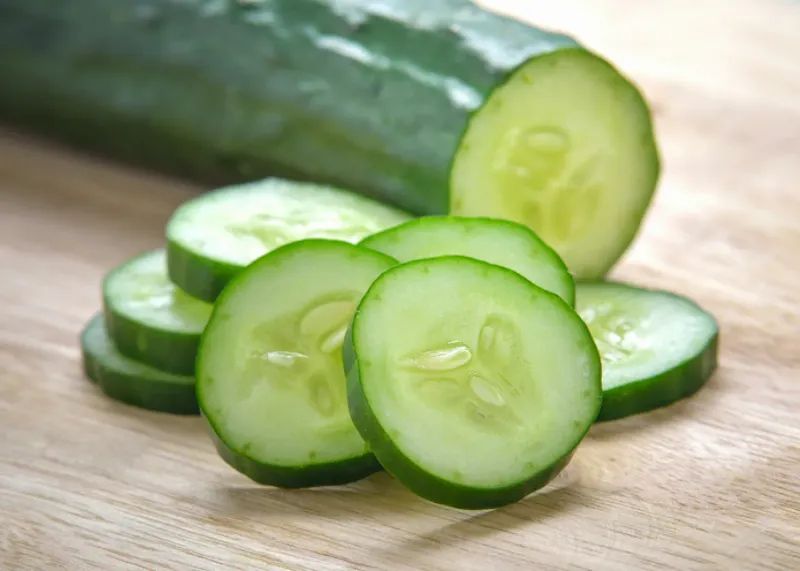
Cucumber, mostly water and refreshingly crisp, is best enjoyed raw to maintain its hydration benefits. Its cool, subtle flavor makes it a perfect addition to salads and sandwiches, offering both taste and crunch.
The high water content in raw cucumbers provides a hydrating snack option. Their mild taste pairs well with various ingredients, adding freshness to dishes. Slice them for a quick snack or add to salads for a refreshing twist.
10. Zucchini
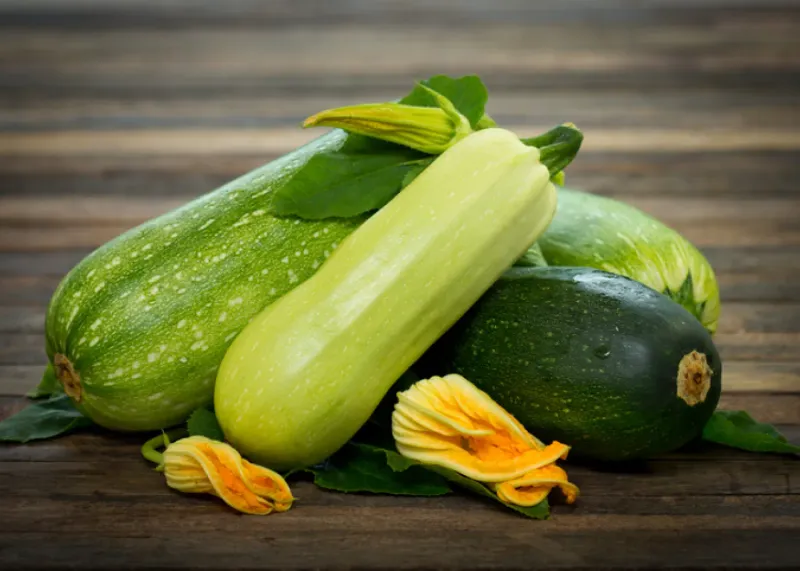
Zucchini, when thinly sliced raw, offers a refreshing and crisp bite. It retains vitamin C and potassium, making it a nutritious addition to raw dishes. The mild flavor complements salads and veggie platters perfectly.
Raw zucchini adds a textural element to dishes, with its subtle taste blending well with dressings and dips. Its nutrient profile remains intact when uncooked, providing health benefits with each crisp slice. Enjoy it as a refreshing salad ingredient or snack.
11. Tomatoes
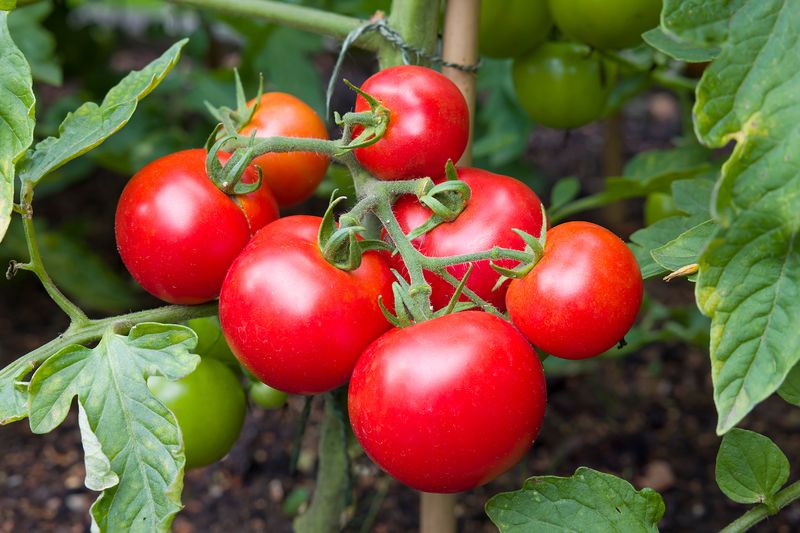
Tomatoes, while delicious raw, become even more nutritious when cooked. Heat boosts lycopene, a potent antioxidant, making it more bioavailable. Cooking also intensifies their flavor, enhancing sauces and soups.
The transformation through cooking adds depth to tomatoes, enriching their taste and nutritional profile. Their natural sweetness becomes more pronounced, providing a satisfying base for various dishes. Embrace the warmth of cooked tomatoes for a richer culinary experience.
12. Carrots
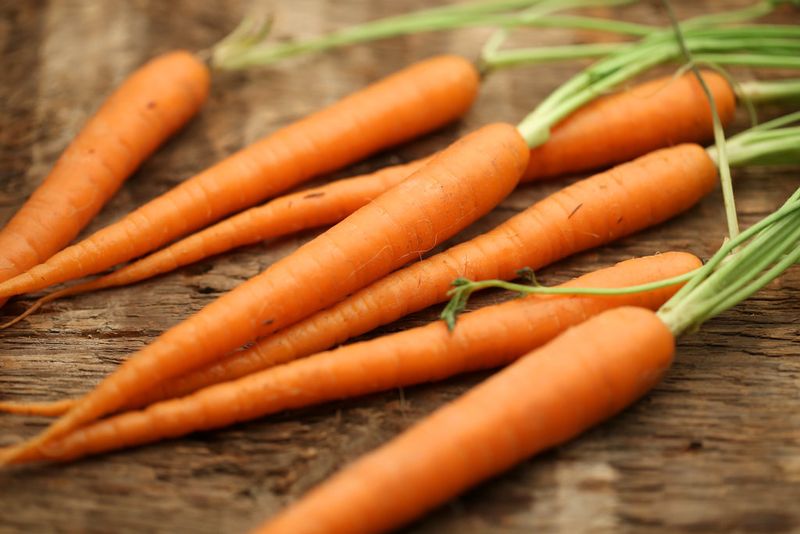
Carrots, those crunchy orange delights, release more beta-carotene when cooked. This vitamin A precursor becomes more absorbable with heat, enhancing the vegetable’s nutritional value.
Although raw carrots offer a sweet crunch, cooking them enriches their earthy sweetness, making them a comforting addition to soups and stews. The softening process allows flavors to meld, creating a deeper, richer taste.
Embrace the warmth and enhanced nutrients of cooked carrots in your meals.
13. Mushrooms
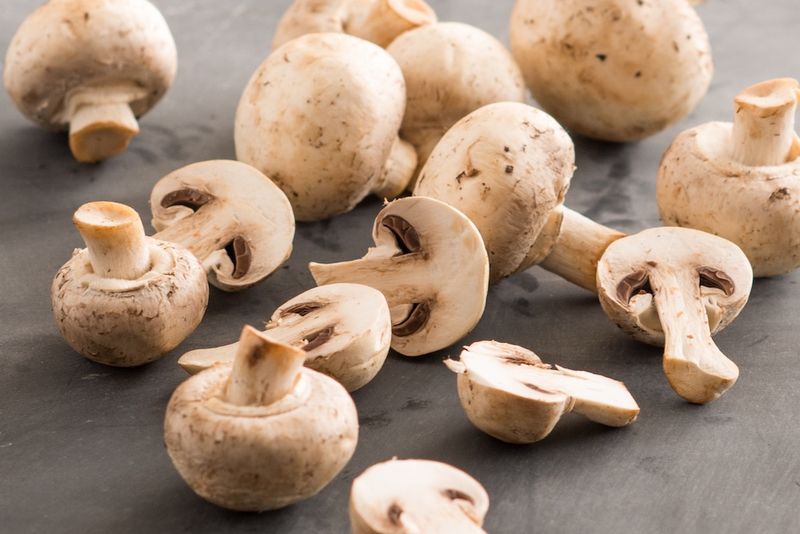
Mushrooms transform beautifully when cooked, shedding their raw earthiness for a rich, savory flavor. Cooking breaks down tough cell walls, making nutrients more accessible and reducing any toxins they may contain.
The process of sautéing or roasting mushrooms unlocks their umami potential, adding depth to dishes. Their transformation from raw to cooked enhances both taste and texture, offering a satisfying culinary experience.
Explore the savory world of cooked mushrooms in your favorite recipes.
14. Asparagus
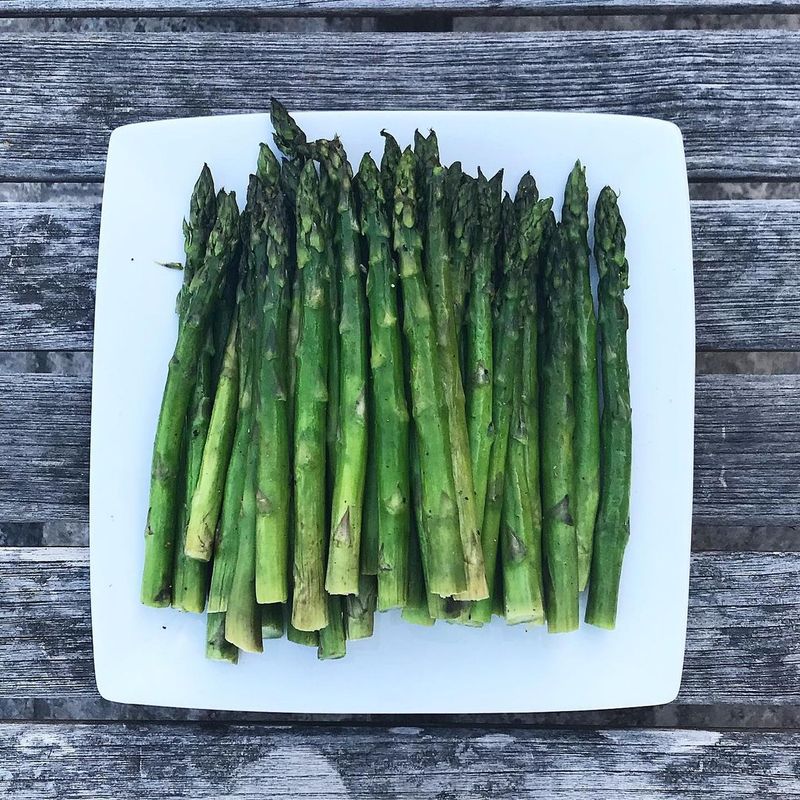
Asparagus, when cooked, becomes a tender delight, offering a more palatable texture and enhanced flavors. Cooking increases antioxidants like ferulic acid, boosting their health benefits.
While raw asparagus retains a mild bitterness, cooking softens it, making it a favorite side dish in many cuisines. The gentle cooking process brings out a sweet, fresh flavor that enhances its natural appeal.
Savor the rich, tender taste of cooked asparagus in your meals.
15. Spinach (also great cooked)
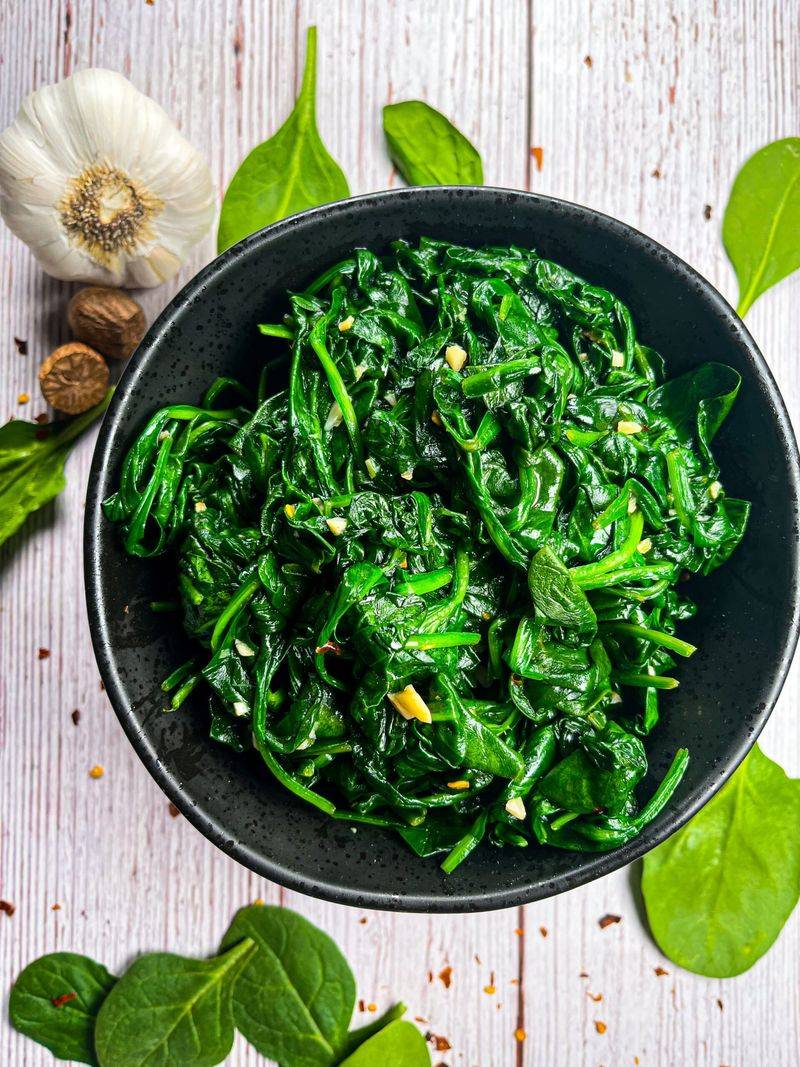
Spinach, though nutritious raw, offers different benefits when cooked. Heating reduces oxalates, compounds that can inhibit mineral absorption, making nutrients more available.
Cooking spinach softens its texture, allowing it to blend seamlessly into dishes like soups and sautés. The transformation enriches its earthy flavor, providing a comforting, nutrient-packed addition to meals.
Discover the warm, wholesome goodness of cooked spinach.
16. Kale
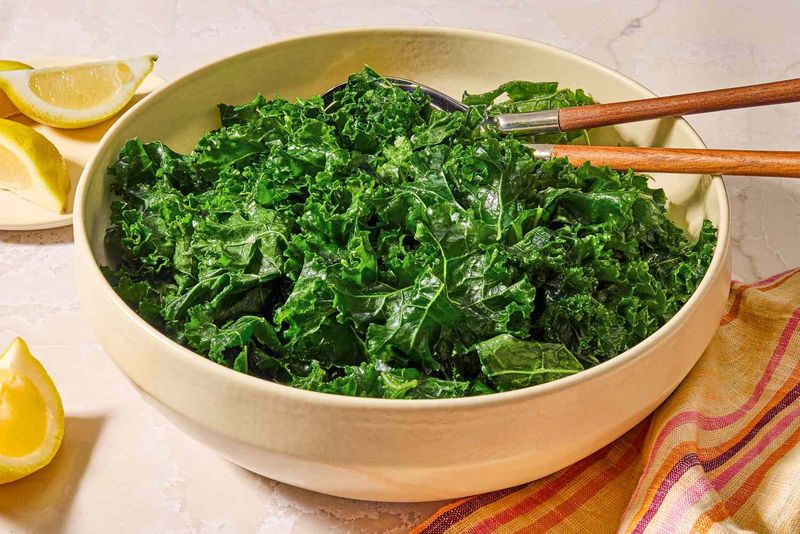
Kale, a nutritional powerhouse, benefits from light cooking. It reduces bitterness and makes nutrients more digestible, offering a mellower taste.
Cooking kale softens its fibrous structure, allowing its flavors to meld gently with other ingredients. The process enhances its natural sweetness, making it a versatile ingredient in warm dishes.
Experience the nutrient-rich goodness of cooked kale in your meals.
17. Eggplant
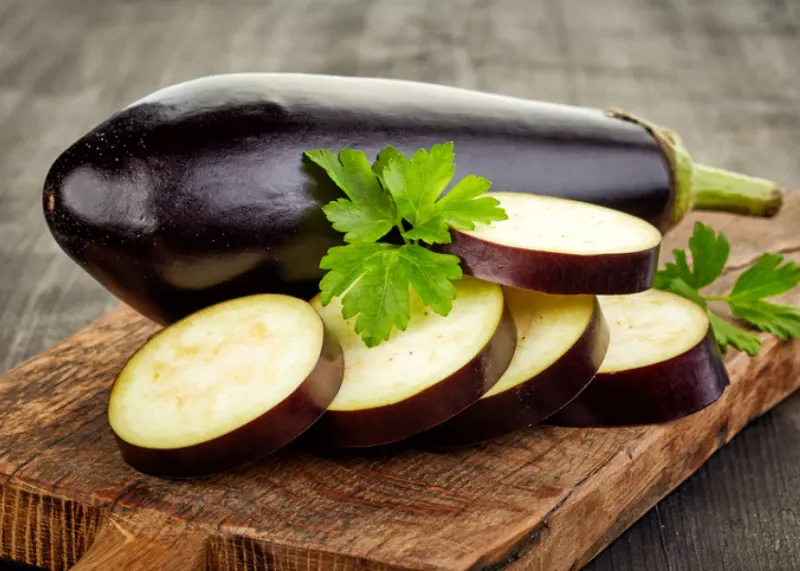
Eggplant transforms dramatically when cooked, shedding its bitterness for a creamy, rich flavor. Cooking enhances its antioxidant activity and makes it more palatable.
The soft, velvety texture of cooked eggplant complements a variety of dishes, from stews to pastas. Its natural sweetness is enhanced with heat, providing a delicious, hearty meal component.
Embrace the flavorsome journey of cooked eggplant in your culinary creations.
18. Sweet Potatoes
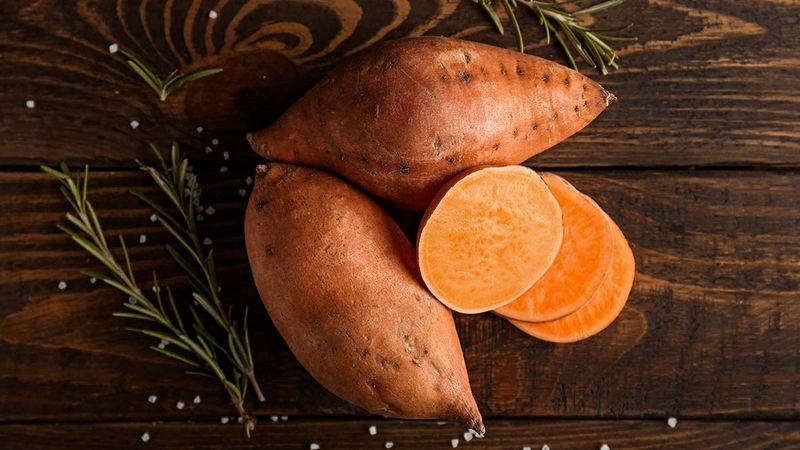
Sweet potatoes, with their vibrant orange hue, require cooking to unlock their full potential. Heat breaks down starches, making them easier to digest and releasing beta-carotene.
Baked or roasted, they offer a comforting, sweet flavor that warms the palate. The cooking process enhances their natural sugars, providing a satisfying, nutrient-rich side dish.
Delight in the sweet, nourishing taste of cooked sweet potatoes.
19. Legumes (Beans, Lentils)
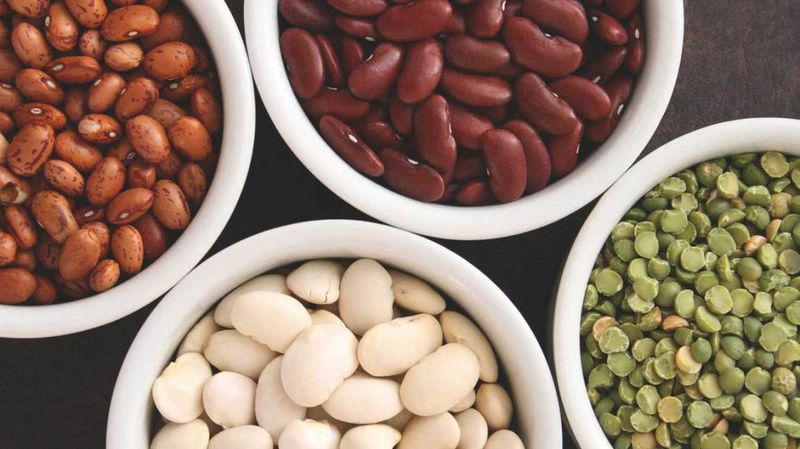
Legumes, including beans and lentils, must be cooked to remove natural toxins and improve digestibility. The cooking process unlocks their full nutritional potential, providing a rich source of protein and fiber.
Simmering brings out their earthy flavors, transforming them into hearty, wholesome dishes. Their warmth and texture make them a staple in soups, stews, and salads.
Enjoy the nutritious depth of cooked legumes, enhanced by their warming flavor.
20. Brussels Sprouts
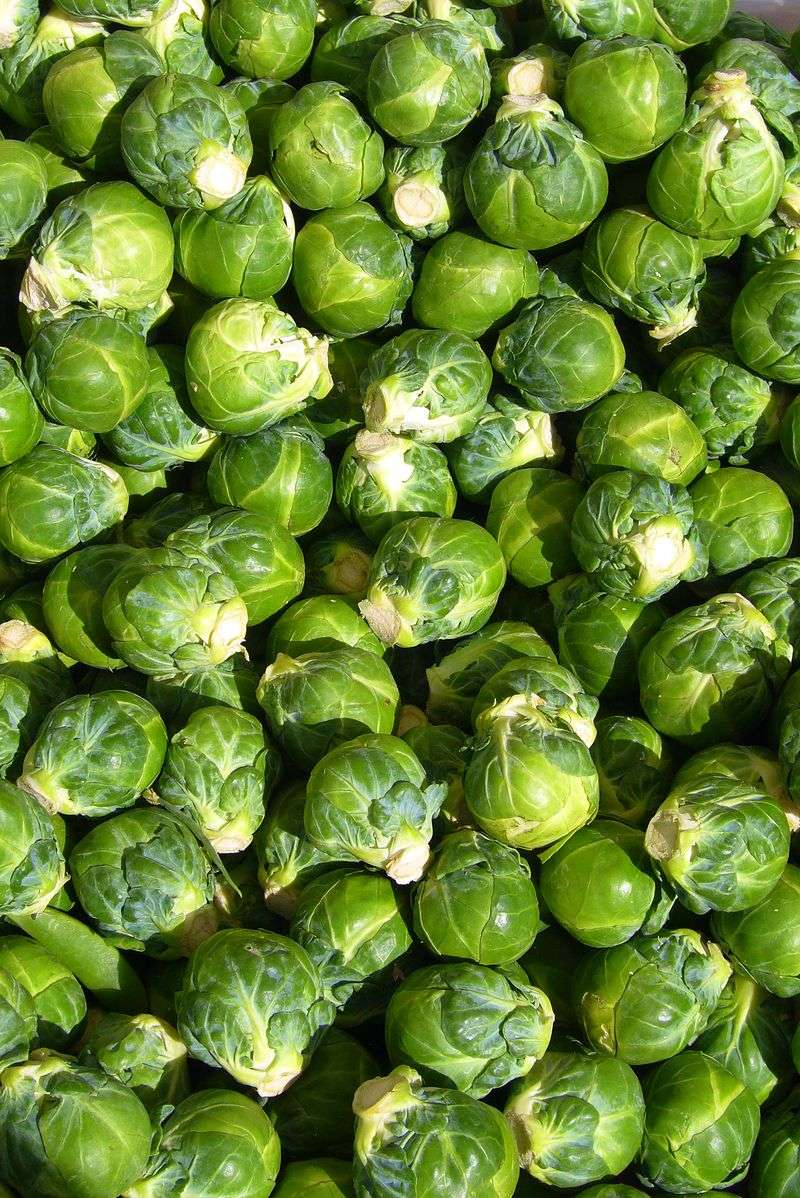
Brussels sprouts come alive when cooked, losing bitterness to reveal a sweet, nutty flavor. Light roasting or sautéing enhances their taste and preserves key nutrients.
The process of cooking softens their texture, allowing the natural richness to shine through. The golden-brown crust adds a delightful crunch, making them a favorite side dish.
Savor the delicious transformation of cooked Brussels sprouts.
